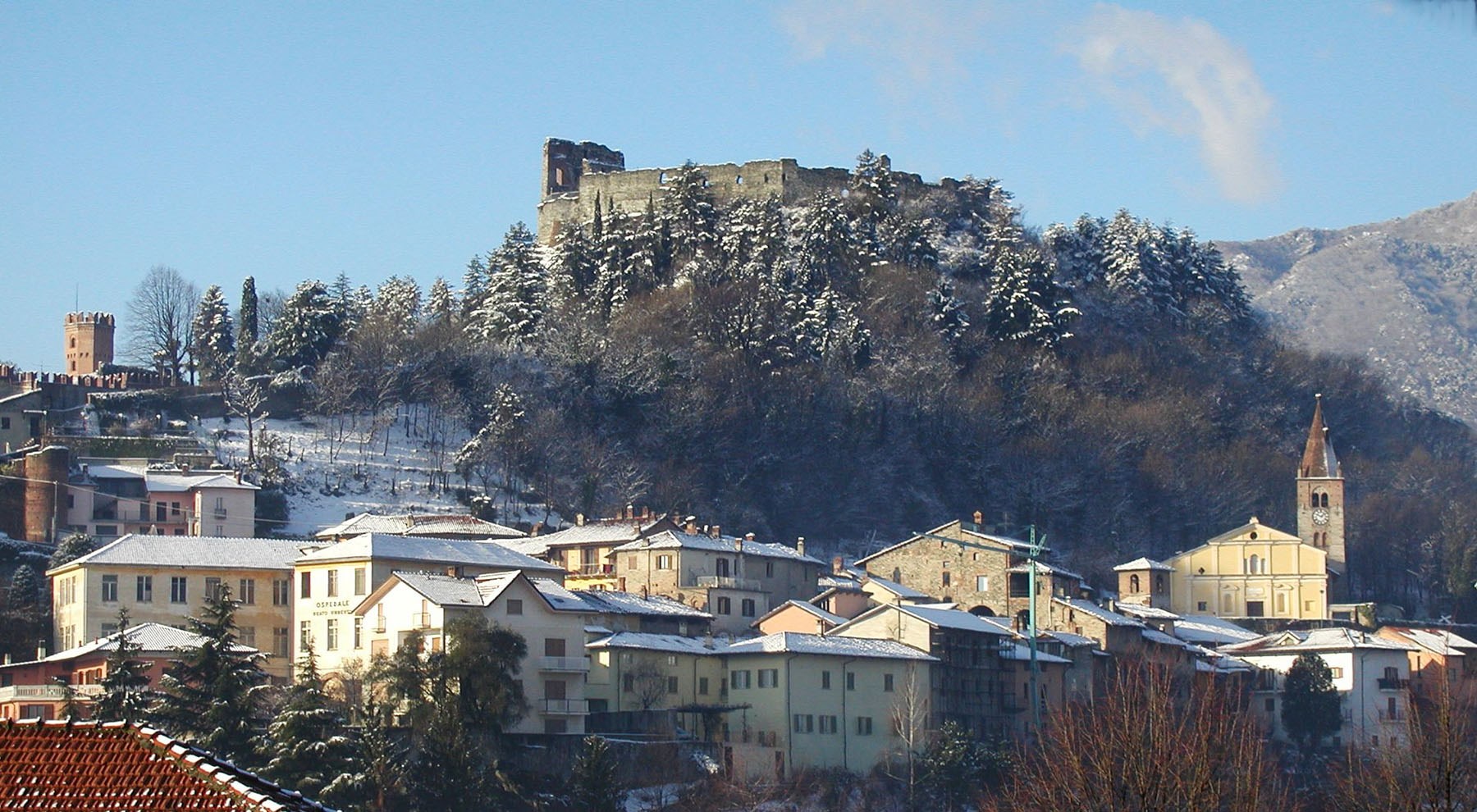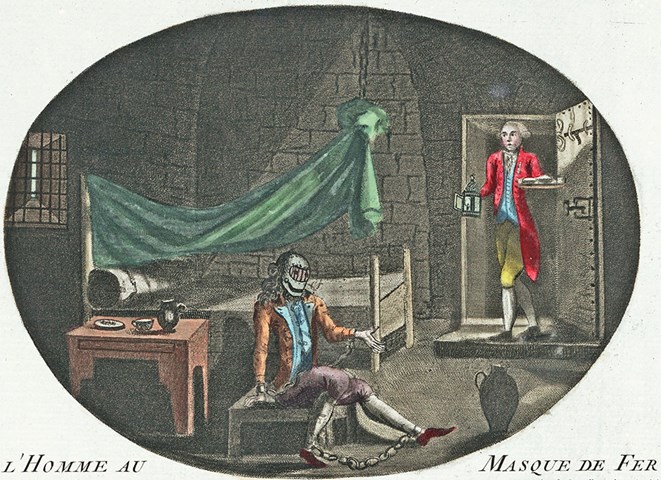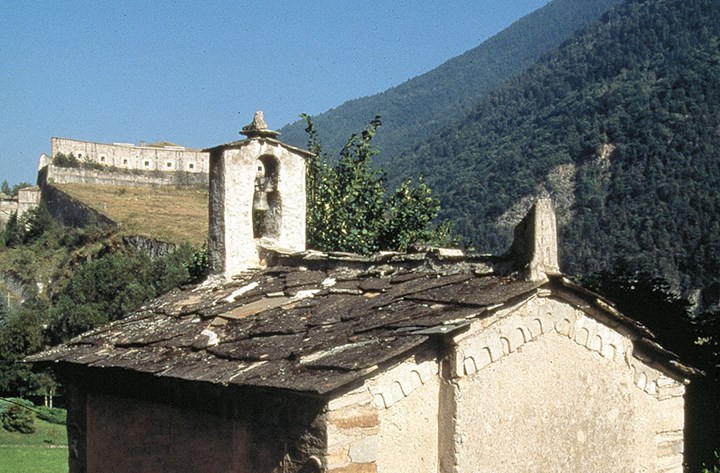You may have already happened to look at the impressive Avigliana Castle and wonder why only ruins remain of it. Lo and behold, such destruction is attributed to Nicolas Catinat and his troops. After his passage through Avigliana, the Castle, built in 924 by the Marquis of Turin Arduin the Glaber, was never rebuilt. But why did Catinat strike Avigliana specifically?
Nicolas Catinat was one of the greatest military strategists of the 17th century, known for the meticulousness with which he studied troop movements and for his bayonet assault technique (the use of a cutting weapon mounted on the barrel of a rifle that allowed the enemy to be attacked at close range), but also for the ruthlessness with which he conducted his campaigns, sowing terror and destruction. He began his career in the French Guard, achieving in time the title of Grand Marshal of France.
_0.jpg)
Catinat's strong impact on our territory began in 1686, when he joined the Savoy in campaigns to persecute the Waldensians; on May 17 of that year he massacred more than 60 of them in the hamlet of Balziglia (Massello Municipality) in the Germanasca Valley.
The Susa Valley was devastated by the passage of the French commander's troops in 1690 following the Battle of Staffarda (in the province of Cuneo), where the Piedmontese army of Victor Amadeus II of Savoy suffered a severe defeat by France.
The Duchy of Savoy had in fact decided to join the League of Augusta (a union of England, the Republic of the Seven United Provinces, Spain, Sweden and the Holy Roman Empire against Louis XIV's France) despite lacking adequate forces; a mistaken move that allowed Catinat's troops to have the upper hand over Italian troops and expand throughout Piedmont, crossing the Susa Valley.
The towns traversed by the French soldiers were sacked, the castles of San Giorio, Villar Dora and Rivoli stormed, and that of Avigliana was almost completely destroyed, with the aim of preventing its defensive use in the future. Catinat's expedition then continued with the conquest of Nice, much of transalpine Savoy, and the occupation of the Piedmontese towns of Carmagnola, Rivoli, Saluzzo, Savigliano, and Fossano.
After abandoning the war campaigns, Catinat retired to the village of Saint-Gratien, where he died on February 12, 1712. New Savoy forts were built in strategic locations, such as the fort of Exilles, so only the outline of Avigliana Castle remained. The alpine location above Fenestrelle where Catinat and his army spent the winter of 1693 is still called Pra Catinat.

.






